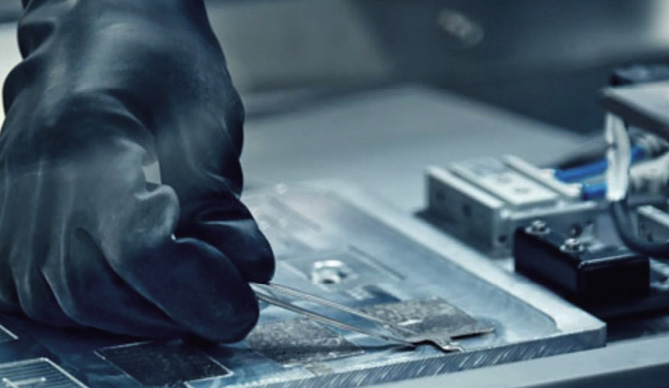From pv magazine Global
Sodium-ion batteries have attracted extensive attention for their advantages over ubiquitous lithium-ion technology, including low-cost raw materials, improved safety, fast charging capabilities, and low temperature performance. With the technology on the cusp of commercialisation, the search for electrode materials with high electrochemical performance is ongoing and hard carbon is emerging as the most promising anode material.
Now, a new research paper authored by scientists from Fuzhou University in China and the University of Macau has summarised the challenges as well as the perspectives on the future of hard carbon.
The researchers note that the commercialisation of hard carbon still faces technical issues of low initial Coulombic efficiency, poor rate performance, and insufficient cycling stability, due to the intrinsically irregular microstructure of hard carbon.
“To address these challenges, the rational design of the hard carbon microstructure is crucial for achieving high-performance sodium-ion batteries, via gaining an in-depth understanding of its structure–performance correlations,” they write.
Furthermore, their review looks into a range of research studies brought about by the emergence of hard carbon electrodes, covering in the process the sodium storage mechanism of hard carbon electrodes, the selection of hard carbon precursors, electrolyte matching engineering, and the requirements for practical commercial engineering.
The researchers highlight the importance of precursor selection with most hard carbon electrode precursors derived from biomass materials and industrial product derivatives, such as cellulose, ginkgo leaf, glucose, cotton, resin, sucrose, or glucose. “The selection of low-cost, scalable precursors has become a key factor affecting hard carbon’s commercialisation,” they write.
Their review also considers various sodium storage mechanisms, such as the insertion–nanopore filling model, absorption-insertion model, absorption-nanopore filling model, or absorption-insertion nanopore filling model, which can yield hard carbon materials with different properties.
In addition, the researchers underline the importance of matching the hard carbon electrode with the right electrolyte as an important factor for the electrochemical performance of the batteries. They note that ester electrolytes are a poor match with hard carbon, and therefore the search for high-voltage ester electrolytes should be a priority.
“In the future, determining how to construct high-performance hard carbon to achieve practical commercial applications of sodium-ion batteries is crucial, and this will require a thorough understanding of the real sodium-ion storage mechanism, hard carbon preparation and precursor selection, and electrolyte regulation,” the researchers write.
Finally, the paper highlights directions for the future development of hard carbon to achieve the commercialisation of high-performance sodium-ion batteries.
This includes further study of the mechanism of hard carbon sodium storage to help improve the electrochemical performance of hard carbon electrodes, further improvement of their electrochemical performance, development of precursor materials with low cost, low energy consumption, and high carbon yield, and those derived from industrial waste product material, as well as presodiation treatments that can ensure high Coulombic efficiency and optimise the energy density of the battery.
“While the emergence of hard carbon electrodes has indeed promoted the commercialisation of sodium-ion batteries, more work is still needed to make commercialisation a reality, the researchers write in the paper titled “Revitalizing sodium-ion batteries via controllable microstructures and advanced electrolytes for hard carbon,” published in eScience.
This content is protected by copyright and may not be reused. If you want to cooperate with us and would like to reuse some of our content, please contact: editors@pv-magazine.com.









By submitting this form you agree to pv magazine using your data for the purposes of publishing your comment.
Your personal data will only be disclosed or otherwise transmitted to third parties for the purposes of spam filtering or if this is necessary for technical maintenance of the website. Any other transfer to third parties will not take place unless this is justified on the basis of applicable data protection regulations or if pv magazine is legally obliged to do so.
You may revoke this consent at any time with effect for the future, in which case your personal data will be deleted immediately. Otherwise, your data will be deleted if pv magazine has processed your request or the purpose of data storage is fulfilled.
Further information on data privacy can be found in our Data Protection Policy.